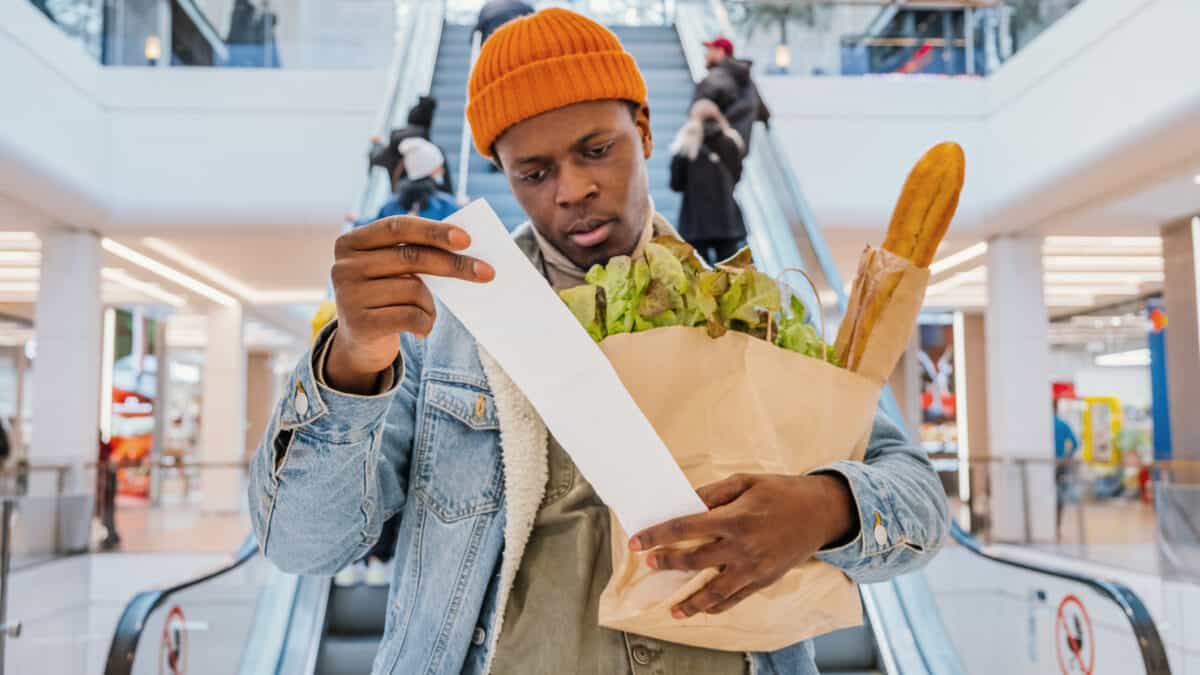In late 2023, inflation is still a major concern for ASX investors. We've all felt inflation's corrosive effects on our currency at the grocery store, at the bowser, in our bills and in the mortgage payments. Given inflation's indiscriminate effects on the whole economy, knowing where to invest to beat inflation can be a hard ask and one that will elicit several different answers depending on who you ask.
Well, today we're asking ASX broker Morgan Stanley (MS).
Morgan Stanley's Kevin Dermers recently released a report on how to invest in a high-inflation world. And it makes for some interesting reading.
Morgan Stanley: How to beat inflation
Many investors might assume that just investing in ASX shares is enough to counter the effects of inflation. But rising prices affect different companies in different ways. And some are more immune to its corrosiveness than others. In its report, MS tells us this:
Persistent inflation and a resilient economy could spur the Federal Reserve to keep interest rates elevated, which could weigh on some stocks…
Stocks and funds that offer investors exposure to "real assets"—that is, tangible assets like infrastructure, real estate and natural resources, whose value is linked to their physical attributes—may be appealing in an environment of solid economic growth, persistent inflation and higher interest rates.
It's these 'real assets' like infrastructure, property and commodities that MS argues are the key to beating inflation through investing. This is due to three reasons.
Firstly, real assets allow investors to hedge against inflation as they are able to consistently pass on rising costs to their users.
Secondly, real assets can deliver an all-weather income stream that can deliver cash flow regardless of the economic conditions.
Third, real assets can offer investors some portfolio diversification benefits, as their valuations are usually uncorrelated to other assets including ASX shares.
How to invest in real assets on the ASX
So how exactly does one invest in real assets? Well, MS does note this:
It is possible for investors to hold real assets in their portfolios – for instance, by purchasing gold or buying a share of a building – but it can be more difficult and potentially more risky than purchasing stocks or funds that offer exposure to real assets
So with that in mind, let's discuss a few ASX options here. The most obvious is using exchange-traded funds (ETFs). As investors would probably be aware, there are a plethora of different ASX ETFs that cover different corners of the market. As luck would have it, there are many options to choose from if you are looking for infrastructure, property or commodity investments.
With infrastructure, there are a few ASX ETFs that offer sole coverage of these investments. Two examples would be the Vanguard Global Infrastructure Index ETF (ASX: VBLD) and the VanEck FTSE Global Infrastructure ETF (ASX: IFRA). Both of these funds hold companies that operate assets like pipelines, toll roads, railroads and electrical poles and wires.
Turning to property, there is also a bevy of options to choose from. The Vanguard Australian Property Securities Index ETF (ASX: VAP), which holds stakes in various real estate investment trusts (REITs) is one possibility. Others include buying REIT units yourself, or else another ETF like the iShares Core FTSE Global Property ex-Australia ETF (ASX: GLPR).
The challenges of beating inflation using natural resources
Commodities and natural resources are a tricky one to discuss though. As we all know, there are countless commodities out there that are vital to a healthy economy. But not all of these function in the same way. Iron ore and oil are notoriously cyclical, while precious metals like gold and silver have markets that move on entirely different factors. But MS argues that natural resources are still a great place to look if you want to invest to beat inflation.
So what's the solution? Well, you could start with an ASX-wide resources ETF like the BetaShares Australian Resources Sector ETF (ASX: QRE). This fund invests in all of the ASX's major mining and energy companies, such as BHP Group Ltd (ASX: BHP), South32 Ltd (ASX: S32) and Woodside Energy Group Ltd (ASX: WDS).
You could also combine several different commodity-based ETFs. For example, the BetaShares Crude Oil Index ETF (ASX: OOO) tracks oil futures, the Global X Copper Miners ETF (ASX: WIRE) tracks copper companies, the VanEck Gold Miners ETF (ASX: GDX) tracks, well gold miners, and the Global X Green Metal Miners ETF (ASX: GMTL) allows for exposure to future-facing commodities like lithium, rare earths, nickel and cobalt.
There's also agriculture to consider. Food investments have their own cyclicalities to worry about, with factors like weather and rainfall playing a major role.
But there are ETFs that can allow ASX investors exposure to food-producing investments too. One such example is the BetaShares Global Agricultural Companies ETF (ASX: FOOD).
This fund holds a portfolio of global shares that grow, make, process, package and distribute food products all over the world. It also includes companies like Deere & Company that manufacture farming equipment.









